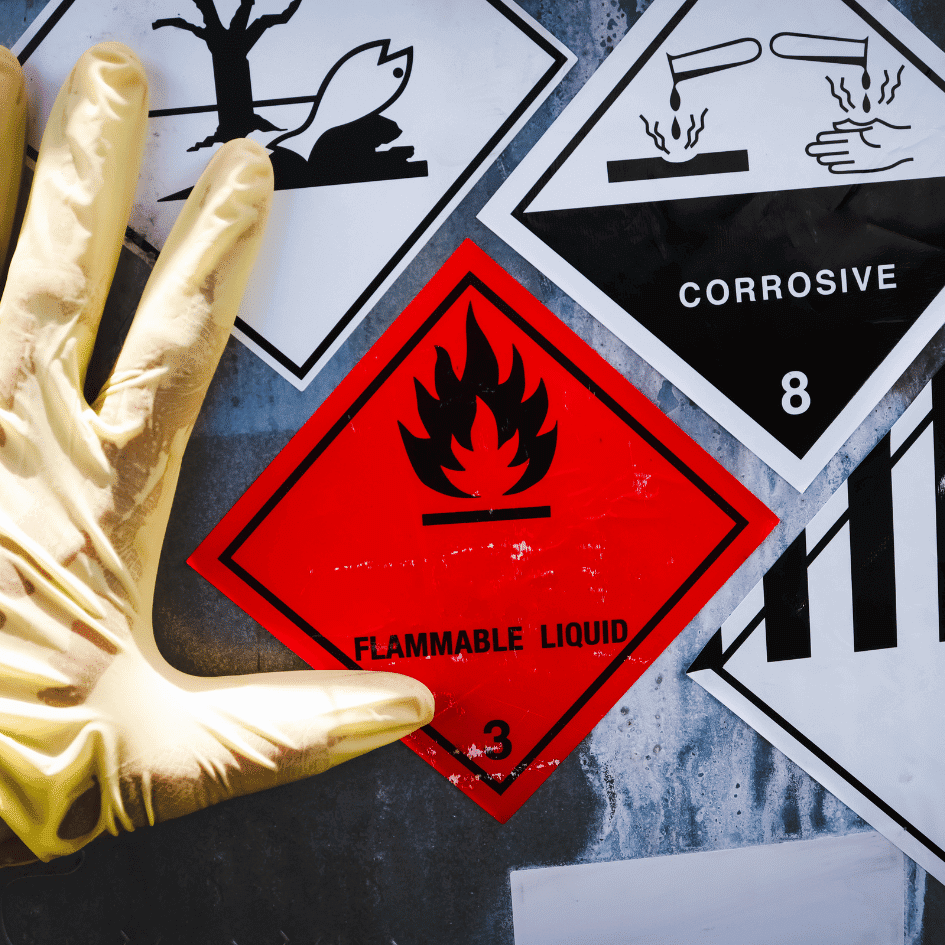
Gas hazards pose a significant risk in various industries, from manufacturing and construction to laboratories and confined spaces. Identifying and mitigating these hazards is crucial to ensuring the safety of workers and preventing potential disasters. Because of the potential harm, acknowledging gas hazards should be a priority for many. Even though each gas has its unique identifiers and combat responses, this article explores how to identify common gas hazards and effective mitigation strategies in general.
Identification of Gas Hazards
Implementing gas monitoring systems is a fundamental step in identifying gas hazards. These systems continuously monitor the air for the presence of specific gases and provide real-time data. Workers can use handheld monitors or fixed systems depending on the nature of the work environment. These specialized equipment can measure gas concentrations, oxygen levels, and other relevant factors to ensure a safe working environment. Regular atmospheric testing is essential, especially in confined spaces. Additionally, proper worker training is critical for employees to recognize signs of gas hazards. Training should cover the use of gas detectors, emergency response procedures, and the importance of adhering to safety protocols.
Mitigation of Gas Hazards
Employing engineering controls is one effective way to mitigate gas hazards. These controls can include proper ventilation systems, gas detection alarms, and the use of non-combustible materials in the workplace. Workers should use appropriate personal protective equipment or PPE, such as respirators, gloves, and eye protection, to minimize exposure to hazardous gases. The selection of PPE should be based on the specific types of gases present and their concentration levels. Well-designed workplaces can also help prevent gas hazards. This involves proper zoning of different work activities, ensuring adequate ventilation, and implementing safety measures in confined spaces. Developing comprehensive emergency response plans is essential for handling gas-related incidents. This includes evacuation procedures, first aid protocols, and communication plans to ensure a swift and organized response to emergencies.
Identifying and mitigating common gas hazards is essential to creating a safe and healthy work environment. Employers must invest in advanced monitoring systems, employee training, and strong safety measures to protect workers and prevent potential disasters. By implementing a holistic approach that combines technology, education, and proactive planning, industries can significantly reduce the risks associated with gas hazards and promote a safer workplace for all.
ION Science is a leading gas detection and prevention company offering a variety of solutions across a vast amount of applications. To find out more about products offered by ION Science for gas and leak detection, view our products page. For more information about air quality monitoring or if you have a question for us, contact ION Science today.








